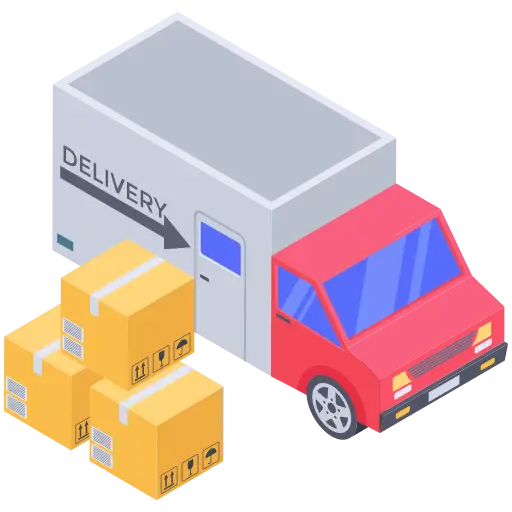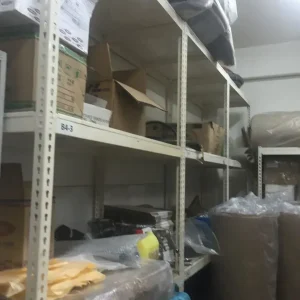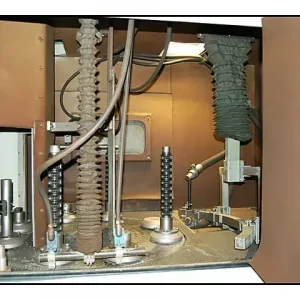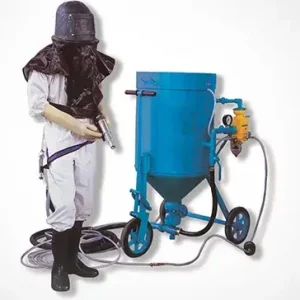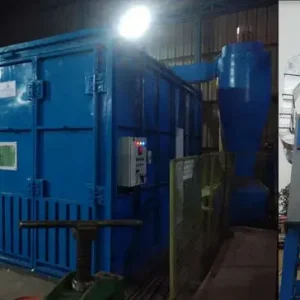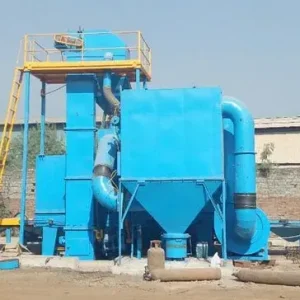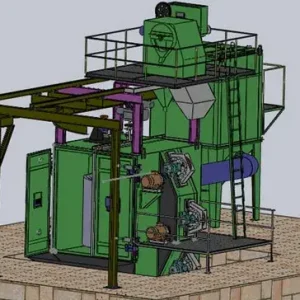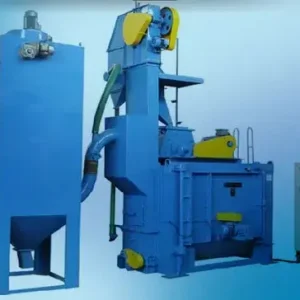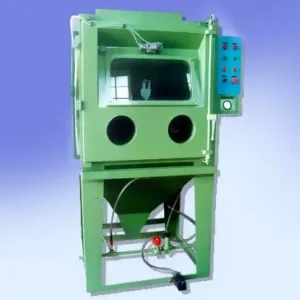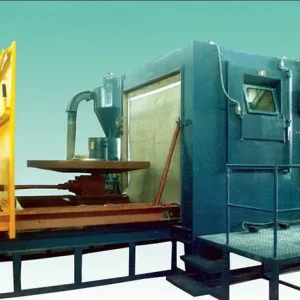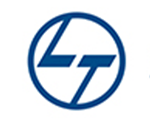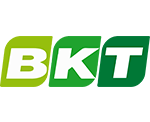In today’s fast-evolving industrial landscape, precision, cleanliness, and surface integrity are more important than ever. This is where wet blast cabinets play a pivotal role. By offering a dust-free, controlled, and gentle surface treatment, wet blasting is fast becoming the preferred method across various precision-driven industries.
In this blog, we’ll explore the key applications of wet blast cabinets and why industries like aerospace, medical, automotive, and electronics are adopting this advanced finishing technology.
What is a Wet Blast Cabinet?
A wet blast cabinet is a surface treatment machine that uses a mixture of abrasive media and water to clean, deburr, and finish components. The process creates a slurry, which is sprayed onto the part using compressed air.
This method ensures:
- Smoother finishes
- Zero dust emissions
- Minimal heat generation
- Preservation of fine details
Because of these characteristics, wet blast cabinets are ideal for industries requiring high-precision and contamination-free processes.
1. Aerospace Industry
In aerospace, every micron counts. Parts such as turbine blades, landing gear components, and hydraulic fittings require:
- Exact surface finishes
- No dimensional distortion
- Clean, corrosion-resistant surfaces
Wet blasting is used for:
- Cleaning oxidation from titanium or aluminum parts
- Removing coatings without damaging base material
- Smoothing edges and contours without peening
Why it works: Wet blasting maintains tight tolerances and eliminates dust, which is essential for aerospace quality standards.
2. Medical Device Manufacturing
In the medical field, hygiene and finish quality are paramount. Wet blast cabinets are extensively used for:
- Cleaning surgical tools and implants
- Surface preparation of stainless steel instruments
- Deburring orthopedic components
Medical devices often require a uniform, matte finish that does not harbor bacteria or contaminants. Wet blasting achieves this without introducing static, residue, or embedded media.
Key Benefit: It ensures biocompatibility and finishes ideal for sterilization.
3. Automotive and Motorsport Components
From engine restoration to gear finishing, wet blast cabinets help achieve a superior finish on:
- Pistons, crankshafts, and cylinder heads
- Carburetors and fuel injection systems
- Alloy wheels and suspension components
Wet blasting is preferred for vintage car restoration and performance tuning, as it cleans intricate surfaces without damaging fine grooves or threads.
Highlight: The process restores parts to like-new condition while maintaining material strength and finish consistency.
What is a Shot Blasting Machine? A Complete Guide
Benefits of Sand Blasting for Metal Structures and Machinery
Taming the Blast: Demystifying Shot Blasting for the Uninitiated
4. Electronics and Semiconductor Industry
In high-tech sectors like electronics, contamination control is critical. Wet blasting is used for:
- PCB cleaning and coating removal
- Surface preparation of heat sinks and enclosures
- Micro-deburring of precision housings
Because it’s static-free and dustless, wet blasting prevents damage to sensitive circuitry and components.
Ideal Use Case: Pre-treatment for conformal coatings or soldering.
5. Defense and Precision Engineering
Defense equipment and firearm parts require durable and flawless finishes. Wet blast cabinets are used for:
- Deburring and descaling weapon components
- Cleaning optical housings and sights
- Refinishing sensitive metal parts without distortion
Precision manufacturers rely on wet blasting for maintaining dimensional accuracy and component reliability.
6. 3D Printing and Additive Manufacturing
Post-processing of 3D printed parts is one of the most emerging applications for wet blasting. Whether using SLS, SLA, or metal printing, wet blast cabinets are ideal for:
- Smoothing surfaces
- Removing support material
- Enhancing surface uniformity before painting or coating
Bonus: It works equally well on plastic, resin, and metal printed parts.
7. Jewelry and Watchmaking
In luxury industries like jewelry and horology, appearance is everything. Wet blasting is used to:
- Clean and texture precious metals
- Remove polishing residues
- Apply uniform satin finishes on watch cases and bands
The Result: Non-glossy, scratch-free finishes that maintain product elegance and craftsmanship.
Why Wet Blast Cabinets Are Ideal for Precision Industries
| Feature | Benefit |
|---|---|
| Dust-Free Operation | Ensures cleanroom and lab compatibility |
| Controlled Finish | Maintains tolerances and micro-finishes |
| No Surface Damage | Safe for soft, delicate, or intricate parts |
| Eco-Friendly | Minimal waste, safe media recycling |
| High Operator Visibility | Clear process control during blasting |
Final Thoughts
Wet blast cabinets have revolutionized precision surface finishing across high-tech and quality-sensitive industries. Whether you’re manufacturing surgical implants, restoring vintage engines, or post-processing 3D printed parts, wet blasting provides the perfect balance of performance, safety, and finish control.
If your business requires clean, accurate, and contamination-free surface treatment, a wet blast cabinet is not just a choice—it’s a necessity.


